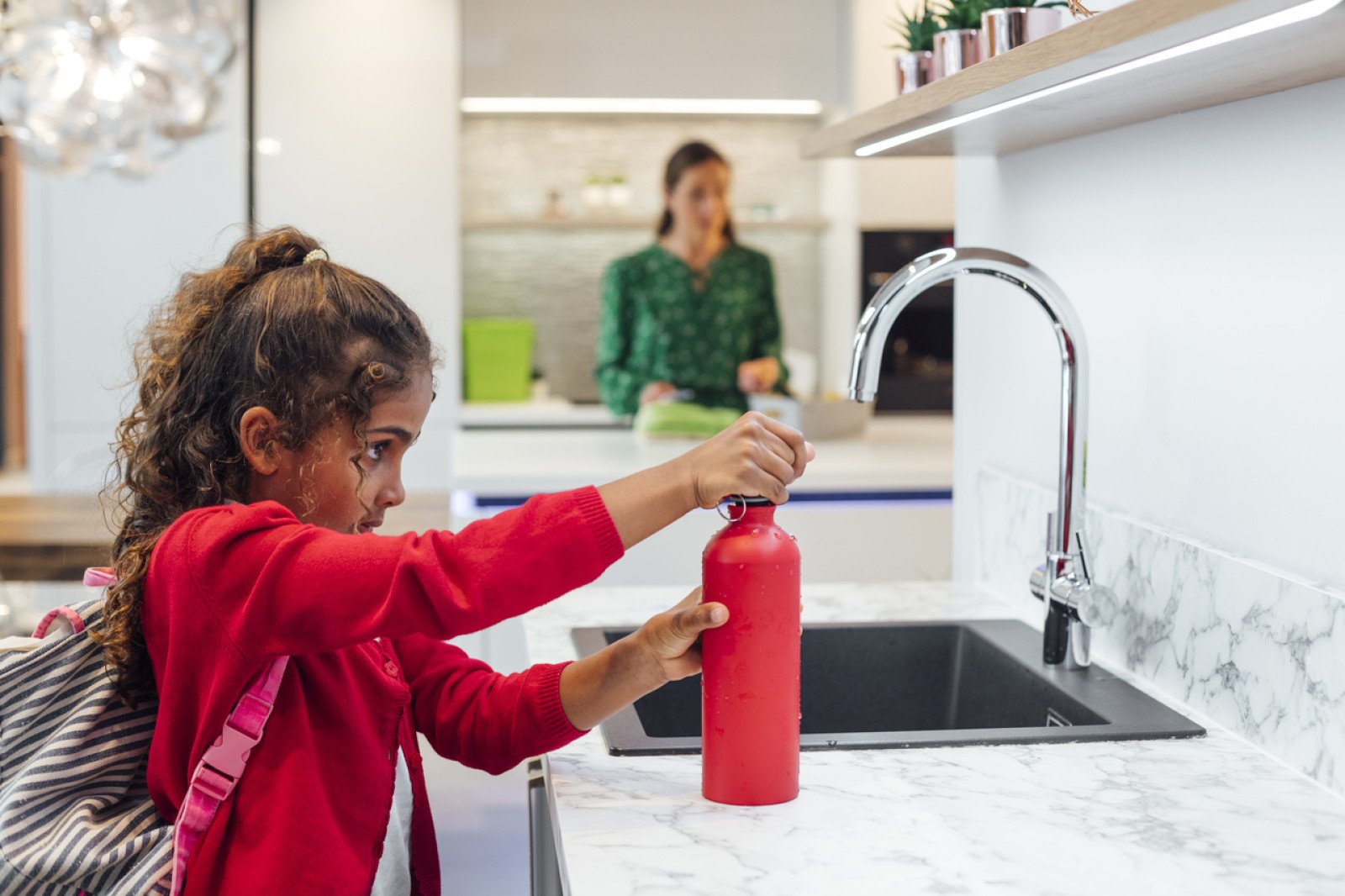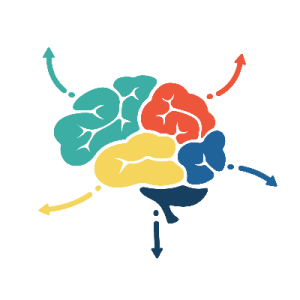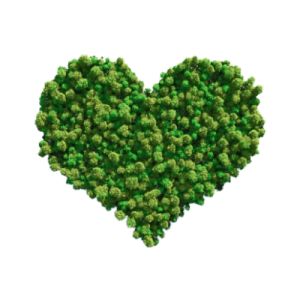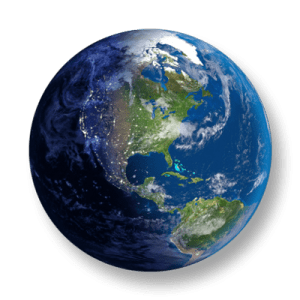
Overview
Using Indigenous teachings and perspectives, students develop commitments to living in a good way with water.
Instructions
What you'll need
- "Living in a good way with water" slides
- "Living in a good way with water" worksheet, one copy per student
- "Indigenous perspectives on water" handout, one copy per pair of students
- Screen and projector
- Begin the activity by opening up the "Living in a good way with water" slides and showing slide 1. Ask students to rate the actions shown in the picture: does the picture show an example of living in a good way with water? Invite students to share their decision and thinking with the class.
- Provide each student with a copy of the "Living in a good way with water" worksheet. Invite students to work with a partner and to note their first thoughts about what living in a good way with water might look or sound like.
- Organize your students into pairs and provide each group with a copy of the "Indigenous perspectives on water" handout. Ask students to look for important ideas in each of the sources about how we might live in a good way with water. Alternatively, assign each group one of the sources. Encourage students to note what they discover on their worksheets.
- If students are familiar with the water cycle, consider showing slide 3. What might each of these views say about how we might live in a good way with water.
- Guide students’ attention back to their worksheets and invite them to describe what they now think that living in a good way with water might look and sound like. Encourage them to think about the various Indigenous teachings and perspectives as well as western views. For example, that living in a good way with water might:
- Sound like people giving thanks to the water, praying for water, saying “water is living so we need to treat it with respect,” and we might hear people saying, “how might our actions impact the water?”
- Look like, people using reusable water bottles, not watering their lawn everyday, turning lights off, taking only what we need, looking to give back to water.
- To conclude the activity, ask students to think of two commitments that they might make to living in a good way with water. Invite students to share their commitments with the class.
Modify or extend this activity
Extensions
- Create and display a class list of commitments to living in a good way with water.
- Ask students to create an illustration or diagram of actions that show how to live in a good way with water.
Curriculum Fit
Grade 5 Science
Big idea
- Earth materials change as they move through the rock cycle and can be used as natural resources.
Content
- First Peoples concepts of interconnectedness in the environment
- The nature of sustainable practices around BC’s resources
- First Peoples knowledge of sustainable practices
Curricular competencies
Questioning and predicting
- Demonstrate a sustained curiosity about a scientific topic or problem of personal interest
- Identify questions to answer or problems to solve through scientific inquiry
Processing and analyzing data and information
- Experience and interpret the local environment
- Identify First Peoples perspectives and knowledge as sources of information
- Demonstrate an openness to new ideas and consideration of alternatives
Applying and innovating
- Contribute to care for self, others, and community through personal or collaborative approaches
- Co-operatively design projects
- Transfer and apply learning to new situations
- Generate and introduce new or refined ideas when problem solving
Communicating
- Communicate ideas, explanations, and processes in a variety of ways
- Express and reflect on personal, shared, or others’ experiences of place
Assessments
Throughout the activity, consider how well students:
- Identify different perspectives about water.
- Make accurate observations from text and other sources.
- Use evidence to make decisions.
- Contribute to group discussions.
Teaching Notes
How this activity was developed
These materials were created with guidance from Indigenous educators, subject matter experts and thought leaders to help draw upon important teachings, learnings, and Indigenous perspectives.
For centuries, the traditional western view of water has often been focused on its value as a resource. Indigenous people have a unique relationship with the waters of British Columbia. Since time immemorial, water has played a sacred role and is seen as a living entity. How water is used must be carefully considered with a view towards not just the immediate need and impact, but the needs and perspectives of generations to follow.
We are dedicated to deep listening and respectfully highlighting Indigenous ways of knowing in the materials we provide B.C. educators. If you have any feedback for us on these activities, or suggestions for others, please email schools@bchydro.com. We would love to hear from you.
About the artist
The design of the worksheets in this activity was a collaborative effort with Indigenous artist Kelli Clifton. Kelli Clifton was born and raised in Prince Rupert, British Columbia and is Gitga’at from the community of Hartley Bay. Clifton is interested in using her artwork as a form of storytelling—especially in relation to her Ts’msyen language (Sm’algyax), her coastal upbringing and her experiences as an Indigenous woman. Clifton currently lives in her home community where she continues to practice her art and teaches Sm’algyax at a local high school. Learn more about Clifton's art on her Facebook page.
BC Hydro’s commitment to reconciliation
BC Hydro exists to serve British Columbians by providing clean, reliable and affordable electricity. We recognize that maintaining and developing the system has impacts on the lives and interests of Indigenous Peoples. To support our move towards true and lasting reconciliation, BC Hydro will acknowledge past wrongs, listen to Indigenous perspectives and seek shared understanding with First Nations communities and governments.
Learn more about our Statement of Indigenous Principles.








